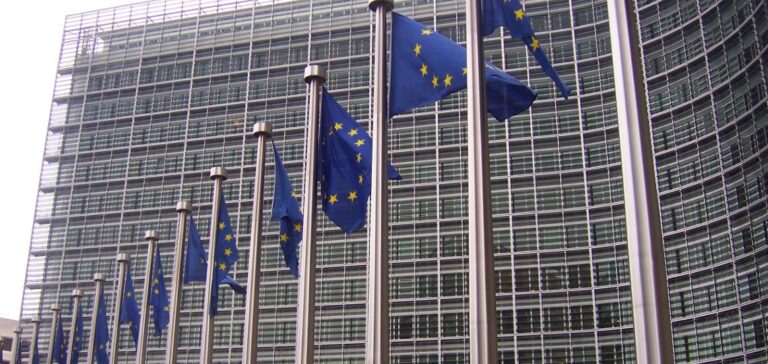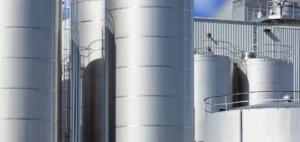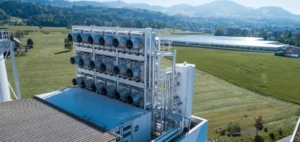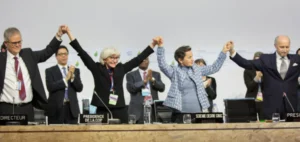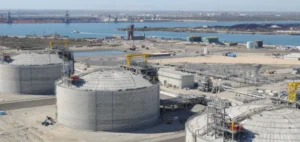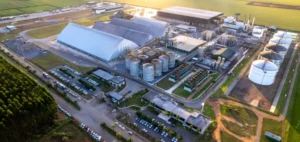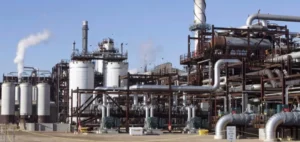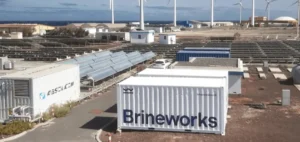EU carbon permit prices dropped in the week ending February 28, primarily due to changes in the gas market and a reduction in net investor positions. European Union Allowances (EUAs) for December 2025 were trading at EUR72.26/tonne of CO2 (USD75.19/tonne of CO2) at 12:45 GMT on February 28, marking a decline of about 4% compared to the previous week, according to data from the Intercontinental Exchange. The December 2025 contract was valued at EUR72.72/tonne of CO2 by Platts, a division of S&P Global Commodity Insights, on February 27.
Despite this decline, prices have not reacted significantly to the European Commission’s proposal to modify the schedule for the sale of certificates under the Carbon Border Adjustment Mechanism (CBAM), aimed at making the tax more effective and less bureaucratic by shifting to a weight-based threshold. Analysts believe the impact of these changes on prices is currently limited, as the main financial constraint remains unchanged.
Limited effect of the CBAM on carbon prices
Experts point out that the proposed adjustments to the CBAM, particularly regarding carbon certificates, have been well received by most analysts and traders. Nicolas Endress, CEO of ClimEase, a company specialising in software solutions for the CBAM, mentioned that these adjustments would simplify some administrative burdens for small importers. However, he highlighted a persistent uncertainty: as long as carbon intensity benchmarks are not defined, companies cannot accurately calculate CBAM tariff costs for 2026, which creates uncertainty in their financial projections.
The process of establishing EU carbon intensity benchmarks is still ongoing, with a deadline set for the end of the year. This is putting continued pressure on businesses, which must prepare for a potential increase in CBAM tariffs, although their forecasts remain unclear due to the lack of clarity on these criteria.
Reduction in net investor positions
Meanwhile, investors reduced their net long positions, leading to a 3% drop in the net length of positions, marking the first reduction in eight weeks. According to a report on traders’ commitments (COT), investment funds cut their net long position by 8.3 million tonnes, or 14%, bringing it to 50 million EUAs. This reduction occurred as the market faced a widespread fall in gas and carbon prices, largely attributed to geopolitical factors.
Analysts at S&P Global Commodity Insights explained that this price drop was due to a weaker energy market, reduced demand from mild weather conditions, and concerns about a slowdown in industry. They forecast that EUA prices will stabilise around EUR77/tonne of CO2 in March and EUR76/tonne of CO2 in April.
Increase in UKA prices
At the same time, the price of UK carbon permits (UKAs) rose significantly, reaching GBP43.34/tonne of CO2 (USD52.47/tonne of CO2) at 12:32 GMT on February 28, a rise of around 7% compared to the previous week. UKA prices for December were valued at GBP43.46/tonne of CO2 on February 27. This price increase came after the UK Climate Change Committee (CCC) announced on February 26 that the country’s emissions should decrease by 87% by 2040 compared to 1990 levels in order to meet its target of carbon neutrality by 2050. The CCC made a series of recommendations for the UK’s seventh carbon budget, a five-year legal limit on emissions from 2038 to 2042.
Maintaining long positions on UKAs
Investment funds have remained predominantly long on UKAs, as indicated by the recent COT report. Investors increased their long position by 6% compared to the previous week, holding 13.6 million UKAs in long positions. Obligated operators reduced their short positions by 13% to 2.1 million UKAs, reflecting a shift in trend compared to previous weeks.


